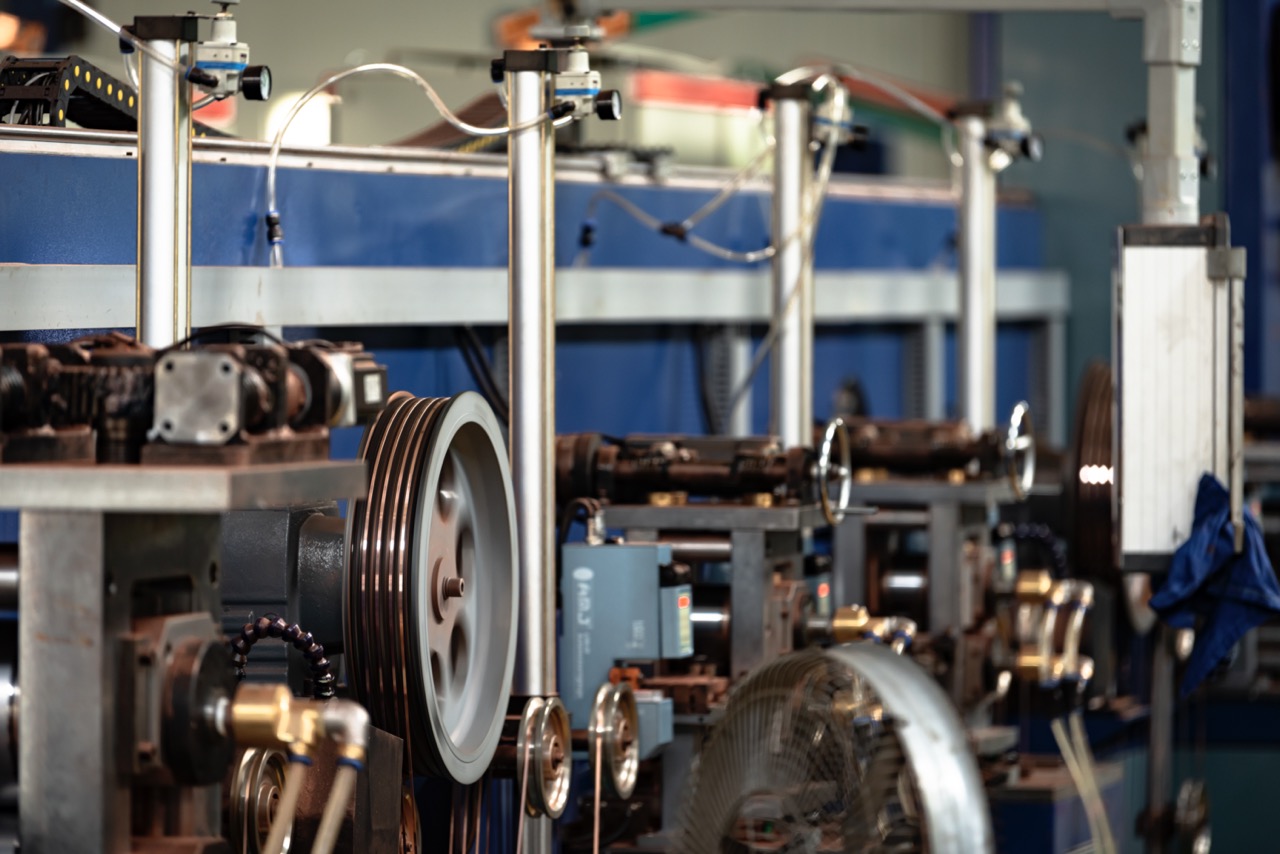In recent years, with thePhotovoltaic IndustryWith the rapid development and the continuous improvement of cost, efficiency and environmental protection requirements, copper clad aluminumPhotovoltaic welding ribbonIt is gradually becoming a hot spot in the market, showing the following trends:
- Cost advantage becomes increasingly prominent
- With the fluctuation of copper resource prices and tight supply, the cost of pure copper welding strips remains high, while copper-clad aluminum welding strips use aluminum as the base material to significantly reduce the cost of raw materials.
- In large-scale photovoltaic projects, reducing unit costs has become the key to corporate competition, and the cost-effectiveness of copper-clad aluminum welding strips has led to a continuous increase in market demand.
- Technological innovation drives performance improvement
- Traditional copper-clad aluminum welding strips have problems such as too thin copper layer, incomplete bonding, and insufficient conductivity. However, with the continuous improvement of manufacturing processes, such as precision rolling, advanced plating technology, and strict quality control, these problems are gradually being overcome.
- Technological breakthroughs have made copper-clad aluminum welding ribbons close to pure copper welding ribbons in terms of conductivity, mechanical strength and corrosion resistance, meeting the strict requirements of photovoltaic modules for long-term stability, thereby further promoting their market application.
- Green environmental protection and sustainable development requirements
- Europe and other regions have put forward higher requirements for environmental protection and sustainable use of resources. Aluminum resources are relatively abundant and recyclable, and the carbon emissions during the production process are low, which makes copper-clad aluminum materials in line with the trend of green manufacturing and sustainable development.
- As an important part of clean energy, the photovoltaic industry tends to adopt materials that meet environmental protection standards and energy conservation and emission reduction requirements, which further promotes the market acceptance of copper-clad aluminum welding strips.

Copper clad aluminum photovoltaic welding ribbon manufacturing
- Diversified market demands
- With the continuous development of photovoltaic technology, the requirements for welding ribbons of different types of photovoltaic modules and systems are also changing. Some low- and medium-power projects or applications with high requirements for installation weight are more inclined to choose lightweight and cost-effective copper-clad aluminum welding ribbons.
- At the same time, the technologically mature copper-clad aluminum welding strips have also begun to expand into high-power, high-load environments to meet the needs of projects with higher performance requirements.
- Global supply chain and price fluctuations
- Fluctuations in global copper prices and tight supply chains have led many photovoltaic companies to seek to reduce their dependence on pure copper materials. Copper-clad aluminum welding strips have the advantage of reducing raw material costs and supply risks.
- This trend not only helps stabilize production costs, but also provides companies with more flexible procurement strategies in market competition.
- International standards and quality certification are becoming stricter
- With the export of photovoltaic products and the intensification of global market competition, countries have increasingly stringent requirements on the quality and safety of photovoltaic modules. Standard organizations such as the International Electrotechnical Commission (IEC) and the American Society for Testing and Materials (ASTM) have put forward higher requirements on the conductivity, corrosion resistance and mechanical stability of welding strips.
- Copper clad aluminum welding strip manufacturers have further consolidated their position in the global market by continuously improving processes and enhancing product quality to meet and exceed these international standards.
- Long-term development and industry upgrading
- As the photovoltaic industry enters a mature stage, companies are not only concerned about initial costs, but also pay more attention to the long-term reliability and maintenance costs of equipment and systems. The improved copper-clad aluminum welding strip has improved durability and stability, making it more economical throughout its life cycle.
- In addition, the application of new materials and new technologies will promote the upgrading of the entire photovoltaic industry chain. As an important connecting material, the technological improvement of copper-clad aluminum welding strip will bring broader competitive advantages to the entire industry.
Summarize
Overall, copper-clad aluminum photovoltaic ribbons are at a critical stage of transitioning from low-cost alternatives to high-performance, environmentally friendly materials. Through technological innovation and process improvements, copper-clad aluminum ribbons have made significant progress in reducing costs, reducing weight, improving conductivity and mechanical strength, and gradually meeting the requirements of photovoltaic modules for long-term stability and high efficiency. Coupled with the promotion of global environmental protection, sustainable development and supply chain optimization, copper-clad aluminum ribbons are gradually becoming an important choice and market mainstream for future photovoltaic module ribbons.

